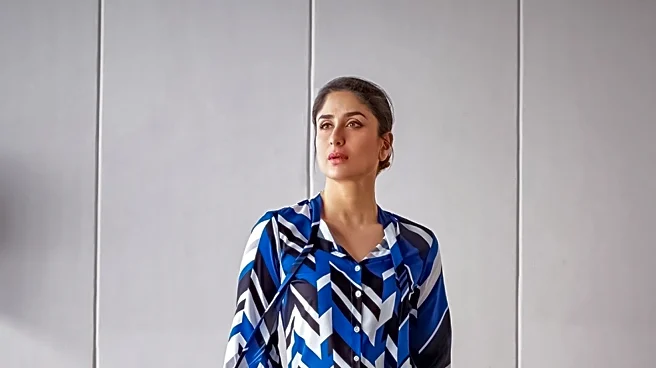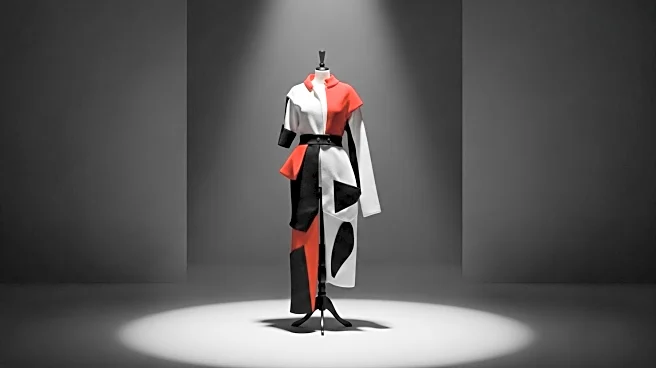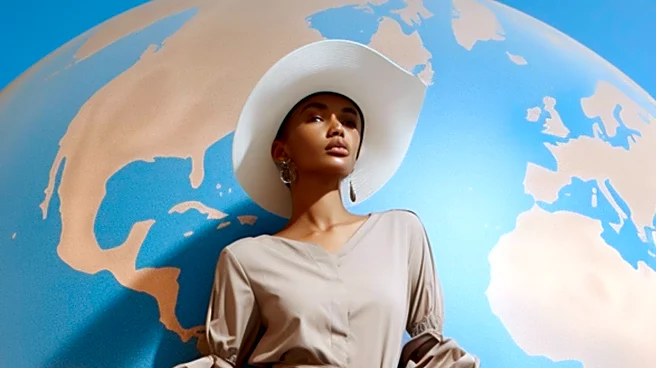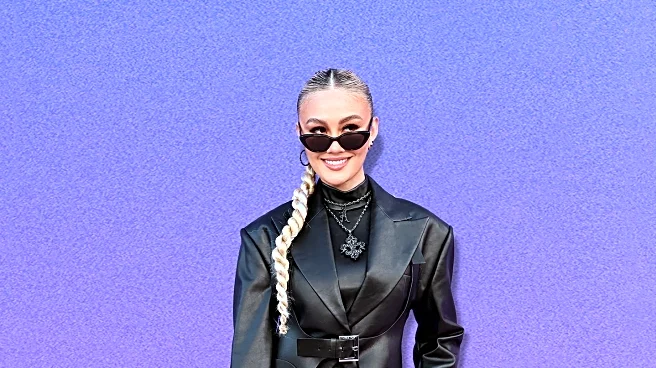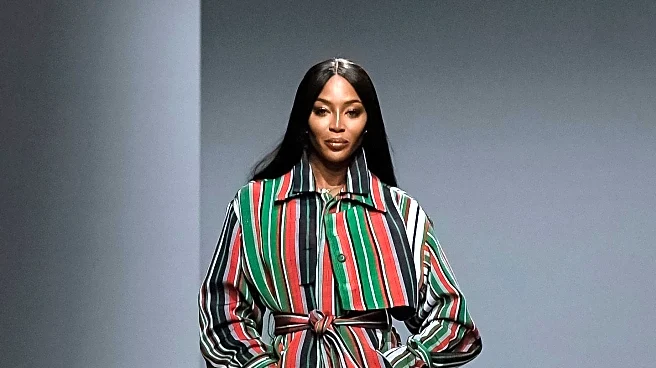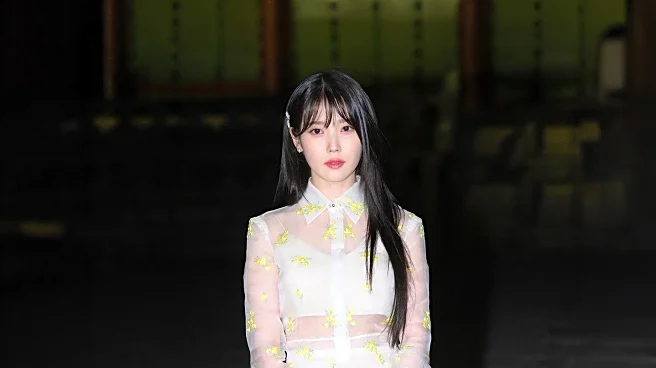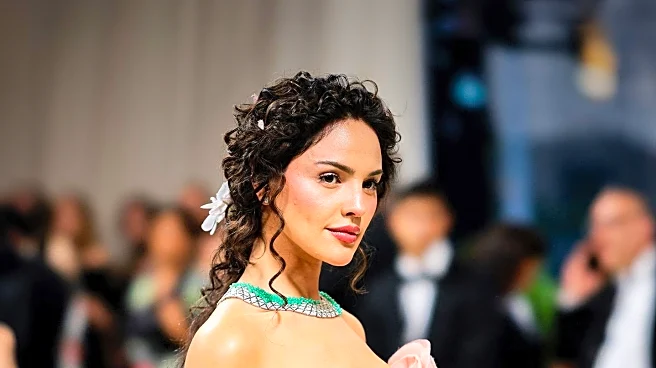What's Happening?
A new generation of supermodels, including Anok Yai, Alex Consani, and Paloma Elsesser, is gaining prominence in the fashion industry, reminiscent of the iconic supermodels of the 1990s. These models are not only making waves on the runway but are also becoming influential cultural figures. They have been featured in high-profile music videos, such as Doja Cat's latest release, and are known for their strong social media presence. Unlike the 'nepo-baby' models of the 2010s, these individuals have carved out their own paths, often starting from humble beginnings. Their rise is marked by a blend of traditional modeling success and modern digital engagement, allowing them to connect with a broader audience.
Why It's Important?
The emergence of these Gen Z supermodels signifies a shift in the fashion industry towards more diverse and authentic representation. This change reflects broader societal trends demanding inclusivity and realness. The success of these models, who often come from diverse backgrounds, challenges the historically Eurocentric beauty standards of the fashion world. Their influence extends beyond fashion, impacting social and political discussions, particularly around issues of identity and representation. As these models gain visibility, they have the potential to drive significant cultural and industry changes, promoting a more inclusive and representative fashion landscape.
What's Next?
The fashion industry may continue to evolve in response to the demands for diversity and authenticity championed by these new supermodels. As they gain more influence, there could be increased pressure on fashion brands to embrace more inclusive practices. The models themselves are likely to continue leveraging their platforms to advocate for social change, potentially influencing other industries to follow suit. The ongoing dialogue around representation and identity in fashion is expected to intensify, with these models at the forefront of the conversation.
Beyond the Headlines
The rise of these supermodels also highlights the changing dynamics of celebrity and influence in the digital age. With social media playing a crucial role in their success, the traditional pathways to fame are being redefined. This shift could lead to a more democratized fashion industry, where talent and authenticity are valued over connections and lineage. Additionally, the models' engagement with social and political issues may inspire a new generation of activists who use their platforms for advocacy and change.

